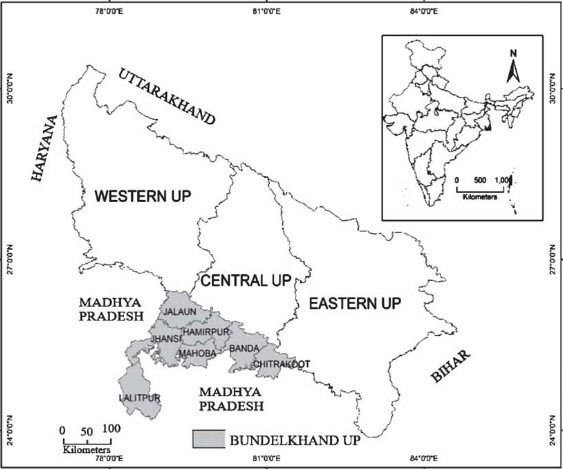2023 GS P6 PYQ Solution, PYQs Solution
Q.19. Analyse the importance of minerals in industrial development of Bundelkhand region of Uttar Pradesh.
The Bundelkhand region of Uttar Pradesh is rich in mineral resources, which play a vital role in the industrial development of the area. Here’s an analysis of the importance of minerals in this region:
- Raw Material for Industries:
- The region is endowed with minerals such as limestone, granite, marble, dolomite, glass sand, and rock phosphate.
- These minerals serve as essential raw materials for various industries, including fertilizer, cement, construction, and ceramics, contributing to the economic development of the region.
- Specific Mineral Reserves:
- Rock Phosphate in Lalitpur is a key raw material for the fertilizer industry.
- Diaspore, found in Lalitpur, Jhansi, and Mahoba, accounts for 15% of the country’s reserves and is used in the refractory industry.
- Silica or Glass Sand in Chitrakoot and Prayagraj is used for glass manufacturing.
- Limestone, Clay, and Gypsum in Jhansi are utilized in the cement industry.
- Granite in Banda and Lalitpur is used for tile making and the construction industry.
- Bauxite in Chitrakoot is crucial for the aluminum industry.
- Copper in Lalitpur is used in electrical, electronic, and jewellery industries.
- Uranium in Lalitpur is used as fuel in nuclear reactors.
- Infrastructure Development:
- The mining and processing of these minerals necessitate the development of infrastructure such as roads and railways, which in turn promotes further industrial activities and development.
- Employment Generation:
- The mineral-based industries create employment opportunities, leading to socio-economic upliftment in the region.
- Attracting Investments:
- The presence of these valuable minerals can attract both domestic and international investors, leading to an influx of capital and technology in the region.
In conclusion, the mineral wealth of Bundelkhand is a cornerstone for its industrial development, offering a foundation for economic growth, infrastructure enhancement, and job creation, thereby improving the overall quality of life in the region.


